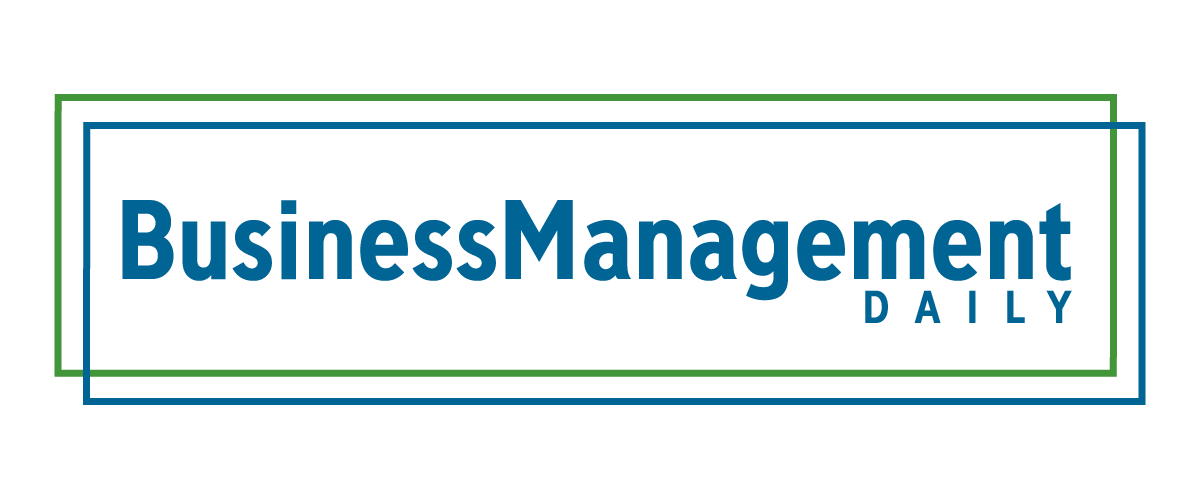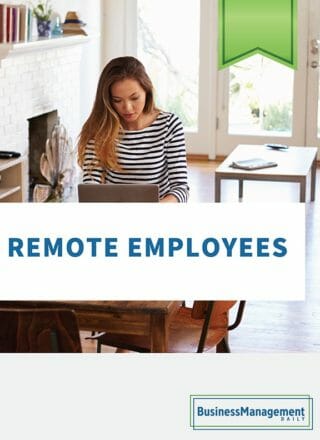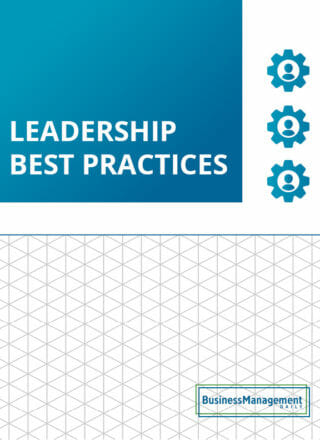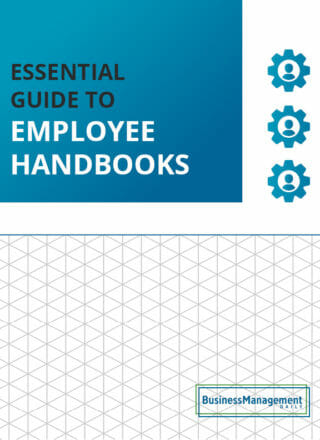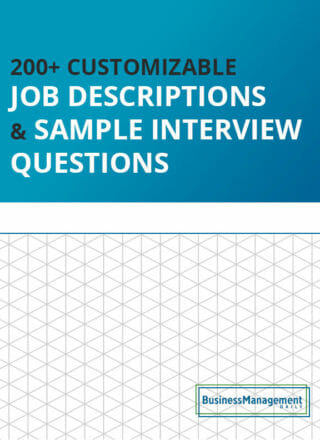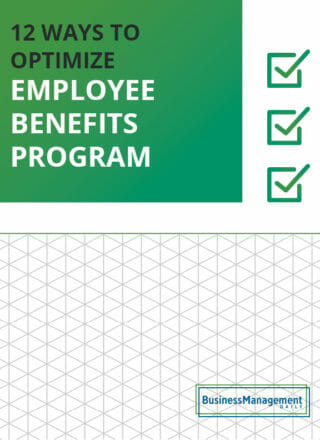How long does a background check take?
Finding the right person to fill an open role can be tricky. You want to ensure they have the required qualifications and are the right cultural fit for your team.
However, a candidate’s resume doesn’t always give you the full picture — or the most accurate information. Running background check reports is helpful in vetting potential new hires to verify that they truly have the experience and credentials listed on their application.
Background checks are generally the last step in the hiring process before onboarding a new team member and act as a final safeguard to help you feel confident in making the hire.
Background checks can help protect your business by providing more information on potential employees including criminal records, driving histories, and more. Many employers skip this step because they incorrectly believe that background checks take an excessively long time.
Find out how long background checks take and what information you can get from them.
What are background checks?
Background checks are pre-employment screenings of a prospective employee’s credentials, criminal record, driving record, or other pertinent histories.
Background checks are typically conducted after an employer decides which candidate to hire but before employment begins. Many employers make job offers contingent on a successful background check.
How long does a background check take?
With background check services like GoodHire or HireRight, you can expect a pre-employment background check to take 1-5 business days. Within that range, the timeline is often determined by the type of checks that you choose to run.
A basic identity check and criminal background check will likely come back quickly, while more thorough background checks that require contact with more sources will take longer.
Delays can occur due to various circumstances, such as using nicknames or aliases, hard-to-reach previous employers, or if international records are requested. As such, it is best to start the process as quickly as possible after a candidate accepts a job offer.
Another way to speed up this process is to ensure that all necessary paperwork is signed and that candidates understand the importance of thoroughly filling out all of their information.
This includes things like previous or alternate names and all past residences. Any omissions or errors can cause issues with the background screening process.
Some small businesses prefer to take a DIY approach to background checks, which can lengthen the process quite a bit. A small business owner or HR manager can handle verifying past employers through reference checks.
However, many employers face bureaucracy and long turnaround times when manually requesting records. This happens when they try to get court records, motor vehicle records, or educational history directly from each agency or department.
Types of background checks
As mentioned above, the type of background checks you run will impact how long the process takes. Here are some of the most common background checks that employers conduct:
Identity verification
The most basic form of background screening is identity verification. Identity verification is conducted in order to verify that the candidate is who they say they are. These checks verify that the identifying information provided by the applicant, such as their name and Social Security number (SSN), is correct and valid. This is often done through SSN tracing.
Criminal record checks
Criminal background checks are used to obtain information about an employee’s criminal history. Many employers run federal background checks for criminal record checks.
However, you may also want to conduct state or county criminal checks as not all jurisdictions share all of their case records with the federal database.
It is also a good idea to double-check if there are any local or state laws regarding the use of criminal record checks in employment decisions. Some local laws, such as San Francisco’s Fair Chance Ordinance, restrict employers’ ability to request criminal records and how they may be used.
Education verification
Education verification is used to confirm the prospective employee’s educational credentials. Typically this type of background check will confirm the degree(s) earned and the educational institution(s) attended. They may also show the employee’s GPA.
Licensing verification
If the role needs a license or certification, verify that the employee has it. Check with the licensing body to confirm they have the license, are in good standing, and the license hasn’t expired.
Employment verification
Some employers choose to conduct background screenings to confirm a prospective hire’s employment history. This typically involves calling past employers to verify the candidate’s dates of employment.
Remember that a traditional employment verification screening will yield fairly limited information. Most employers will only confirm dates of employment and sometimes whether the employee is eligible for rehire.
If you want to ask more performance-based questions, ask the job applicant for specific references to call that can speak to their past performance.
Driving record checks
If the employee will be driving for business purposes on behalf of your business, you’ll want to check their driving history by obtaining a motor vehicle record (MVR) report.
An MVR report provides a record of the applicant’s driving history, including tickets and collisions. It also includes information about the applicant’s driver’s license, such as its expiration date, license suspension, and commercial driver’s license information.
Credit background checks
Credit background screenings provide insight into a job candidate’s credit history and current financial standing. The information for these reports is bulled from credit bureaus, similar to the credit checks done for financing or lending purposes.
Small businesses should be most wary of conducting this type of background check. Reviewing a candidate’s credit history gives valuable insight into their financial situation and responsibility. This is especially useful if they’ll handle a lot of cash or sensitive financial data.
However, this is the background check with the most legal conditions.
Employers need to comply with the Fair Credit Reporting Act (FCRA) when using credit checks to make hiring decisions. If you decide to conduct a credit screening and then choose not to move forward in hiring a candidate due to the results, there is a specific process that you must follow.
This includes obtaining authorization on a compliant release form. If you decide against a candidate due to their credit report, send them a notice and a copy of the report. Allow them to correct any errors or explain the situation.
Can employees start work before a background check is complete?
Most employers wait for background check results to come back before allowing employees to start work officially. If a new hire needs to give two weeks’ notice, that’s fine. Background check results usually come back within that time frame anyway.
However, small businesses tend to run lean. If an employee unexpectedly quit or goes on leave, you may need someone to step in as soon as possible.
When contingent hiring makes sense
Often, you can allow employees to begin work on a contingent basis while you await the results of their background checks. However, it never hurts to double-check your state laws before doing so. You should also be aware of any job or industry-specific guidelines or best practices.
For example, if the job involves driving a company car, don’t let them start before their motor vehicle report is processed and cleared. You might violate your insurance policy.
If the background check is for a required license or credential, wait until that part is done before they start work.
For other jobs, the employer decides. They can wait for the full background check or let the employee start right away. This shows how important the employer is in the hiring process.
Weighing the risks and benefit
Consider the work environment and job duties. Decide how risky it is to let employees start before their background and credentials are verified. If you own a retail store, you might prioritize an applicant’s enthusiasm and communication skills over their specific credentials.
If you’re short-staffed and have a busy sales weekend, let them start working right away. Wait for the background check to clear before they handle cash.
If your store caters to children, be respectful to the parents who shop there. Don’t let anyone start work without a completed criminal background check.
Since a background check only takes a few days, you should also consider what the new hire will be doing during that time. If an employee’s first few shifts are mainly training or job shadowing, letting them start early isn’t a bad idea.
The worst-case scenario is that the results come back negative, and you have to let them go. You’ll still have to pay them for their time, so there is some potential financial loss or waste to consider.
The importance of background checks
Many small businesses refrain from conducting background checks due to concerns that they are expensive or will take too long. However, the turnaround time is relatively easy since background checks typically only take 1-5 business days. They are also often relatively inexpensive and can help you minimize risk for your business.
Conducting a background screening can ensure that the prospective hire has the right qualifications for the role.
Many job candidates lie on their resumes. You can only be sure they have the experience, credentials, and education you need with a background check.
Background screenings reduce the risk of theft, fraud, harassment, and workplace violence. They offer insight into candidates’ past behavior.
Past behavior doesn’t always predict future behavior, but background checks can help employers make better hiring decisions.
More Resources:
Organizational politics in the workplace: The good, the bad, and the ugly
Common ethical issues in the workplace
Respect in the workplace: Tips for leaders and employees
